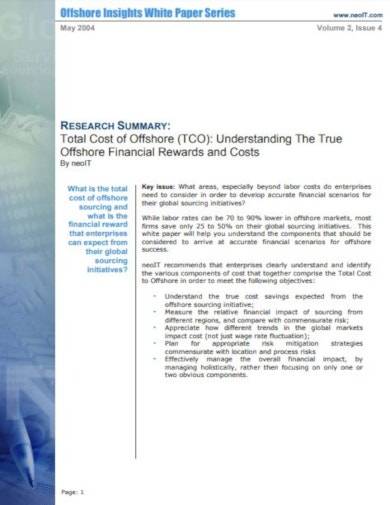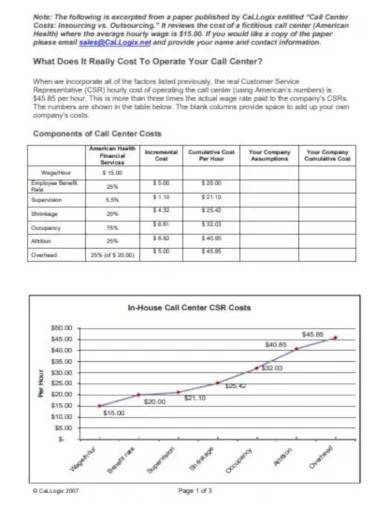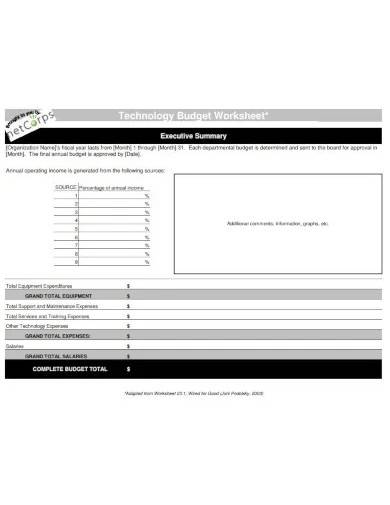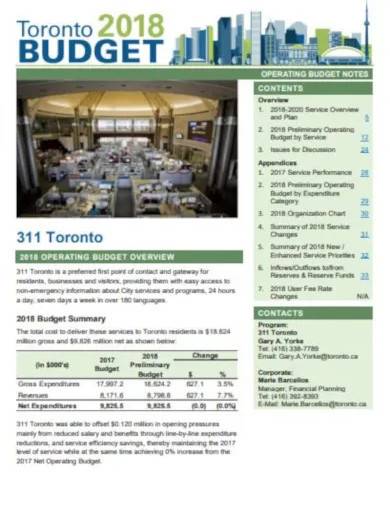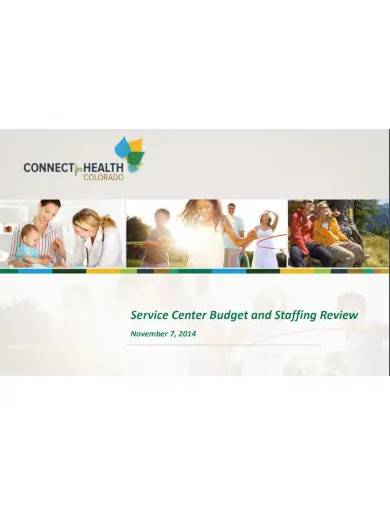Keeping in touch with your clients and customers is vital in getting their continued trust and loyalty. Establishing a facility whose main role is to be available for your clients’ needs and concerns 24/7 makes your business an attractive option. It makes them feel valued. However, the proposed budget for this can be daunting, especially if you’re just staring in the field. A call center budget can help you manage your income and resources so you can have a centralized call center as part of your sales plan, marketing plan, and customer service initiative. Get to know more about this below.
FREE 4+ Call Center Budget Samples
1. Call Centre Budget Template
2. Call Centre Cost Budget Sample
3. Call Center Technology Budget Template
4. Sample Call Centre Operating Budget
5. Sample Service Centre Budget
What Is a Call Center Budget?
A call center budget is a plan of expenses in a call center operation or offices that receive inbound or outbound calls from clients and customers. It serves as a budget plan on a defined timeline or period. It’s also a vital part of financial plans that are useful in determining the cash flow, profits, losses, and debts.
Why Your Business Needs Call Center Services
The call center industry is a gigantic market. In the US alone, it employs over 500,000 people, supports over 30,000 jobs, and has a market size of $25 billion. On a global scale, its revenue amounted to $200 billion, with over 15 million employment figures. The numbers alone tell you that not only does the industry offers jobs to multitudes, but a lot of businesses are leaning towards it as well.
Here are the reasons why your business should have call center services:
1. It provides an advantage in market competition. Having active call center agents who are always on stand-by for queries and concerns makes your brand more attractive. They’re more likely to approach a business that can answer their question right away over others that don’t.
2. It forges customer loyalty. More than having the best product or service experience, a client or customer would more likely come back to the same brand that offered them superb customer service. This continues on and develops customer loyalty over time, increasing sales report profits.
3. It carries more than customer servicing. A call center system doesn’t only cater to a business customer’s woes and queries, but they also perform numerous roles such as making appointments, doing surveys, encoding relevant data, and others.
4. It contributes to the company’s professional image. Having people call all the time and allowing them to talk to expert agents, and the management improves your business’ image in the market. It adds to their trust and confidence towards your brand because they’re assured that they can approach you for questions at any time of the day.
Basic Steps on How to Make a Call Center Budget
If you’re planning to make a call center budget, here are useful steps for you:
1. Consider the Overall Budget
Before you set to naming the different monthly expenses and figuring out the parts of your call center budget plan, start by taking your overall budget limit into account. Consult your previous records and determine whether or not this can accommodate more equipment and personnel. From your past records, determine how the budget will cover all the operation’s expenditures. This way, it’s easier to proceed to the budget breakdown because you already know the extent of your limits. This also sets your budgeting goal plan because it helps you know how to manage the given amount to manage the system.
2. Determine Operational Expenses
Now that you have the budget limit in mind, you can now determine which items you need to break your budget into. Running a call center operation is more than just putting people in front of monitors to take calls. There are several factors and activities to consider, including the maintenance of the equipment and coordinating with the organization’s departments. To help you identify the items on your expenditures list, determine the different activities that a normal cal center day goes through. Make that into a category. From there, list the different needs each activity needs to have. This gives you a rough estimate of everything your budget has to take care of. You can also refer to the call center budget proposal if it’s available.
3. Assign Item Costs
After completing your list, proceed to assign costs to the different items of your budget. While you can put in estimates, your budget allocation should be a result of thorough research and based on market prices. If you’re making a budget report, this should be easy as all the purchases already took place. You only need to refer to the receipts and invoices made during the transaction and keep these documents as support. However, if you’re starting the budget from scratch, you need to consult previous research and determine the market costs for everything on your sheet. This way, you can be sure that the budget covers the entire expenses efficiently.
4. Do a Budget Analysis
Your call center budget shouldn’t merely be a comprehensive list of your expenses and its costs. You should do a budget analysis to determine your operation’s stability budget-wise and your budget forecast. This should also include a statement of profit and losses. This determines whether your operations have been earning a steady income or you need to budget cut on your resources and device a profit-generating strategy. Your budget should perform the role of a valid reference where the other departments of the company can consult and determine if their customer service system has been doing well.
FAQs
What’s the difference between a call center and a contact center?
Call centers focus on incoming and outgoing calls, while contact centers employ a mix of calls, emails, and chat support.
What are the different types of call centers?
The different types of call centers are inbound, outbound, automated, and business process outsourcing (BPO).
What are some services offered by call centers?
The different services offered by call centers are:
- Managing appointments
- Answering telephones, cellphones, medical issues, etc.
- Maintenance
- Customer service
- Disaster response
- Direct calls
- Emergency calls
Having a call center may put in another financial burden on your business, but it’s a burden that can help you improve your operations. It connects you more with your clients, and it keeps your business going. You need a reliable call center budget template to help set your plans. Make your choice among our premium selection. Download now!
Related Posts
FREE 11+ Team Leader Job Description Samples in PDF MS Word
FREE 10+ Phone Call Log Samples & Templates in PDF MS Word
FREE 6+ Sample Customer Service Resume Objective Templates in ...
FREE 24+ Quotation Examples & Samples in PDF MS Word
FREE 10+ Sample Objective For Resume Templates in MS Word ...
FREE 7+ Customer Service Skills Resume Templates in MS Word ...
FREE 10+ Patient Feedback Forms in PDF MS Word
FREE 17+ Call Log Templates in PDF
FREE 10+ Sample Daycare Forms in PDF MS Word
FREE 10+ Shift Report Templates in MS Word PDF | Pages
FREE 11+ Sample Customer Request Forms in MS Word PDF
FREE 12+ Sample Advertising Proposal Letter Templates in PDF ...
FREE 7+ Sample Customer Service Representative Resume ...
FREE 10+ Sample Small Business Plan Templates in PDF MS Word
FREE 42 Sample Service Forms in MS Word PDF

